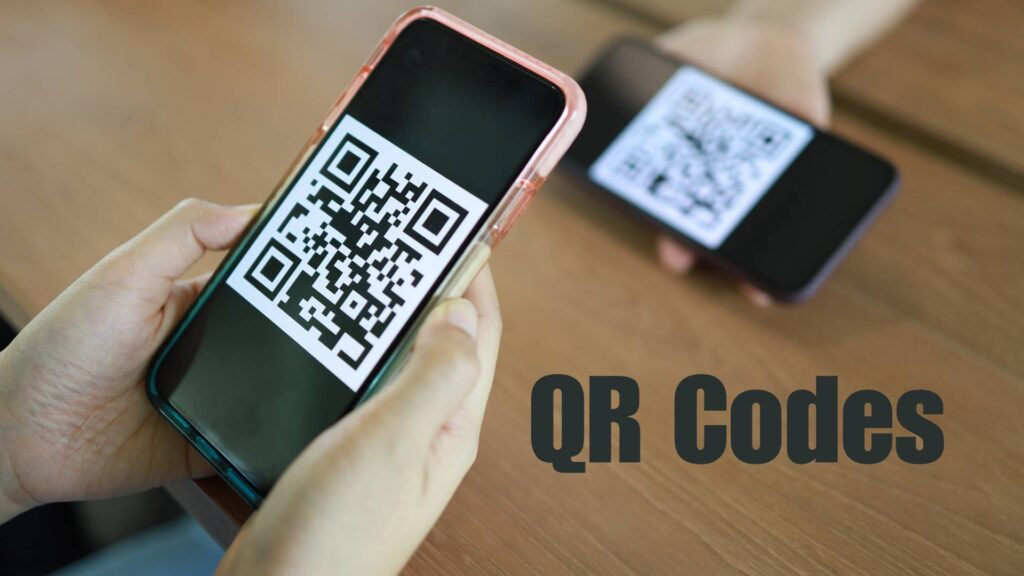In the rapidly evolving world of digital payments, QR codes have emerged as a popular and convenient method for making purchases. QR codes, or Quick Response codes, are two-dimensional barcodes that can be scanned using a smartphone to facilitate a variety of transactions. This technology, once primarily used for inventory management, has now found a significant role in the retail and payments industry, transforming the way consumers make purchases. They are also easy and convenient to create, as nowadays, a lot of free QR code generators are available.
Understanding QR Codes
QR codes are matrix barcodes that can hold a substantial amount of data, including URLs, text, and numbers. They are designed to be read quickly and accurately by smartphones, making them an ideal tool for mobile payments. The process is simple: a customer scans the QR code displayed by the merchant, enters the amount to be paid, and confirms the transaction. The payment is then processed instantly, providing a seamless and efficient shopping experience.
The Rise of QR Code Payments
The use of QR codes for purchases has seen a significant surge globally, particularly in Asia, where countries like China and India have fully embraced this technology. The popularity of QR code payments can be attributed to several factors.
Firstly, QR codes offer unparalleled convenience. They eliminate the need for physical contact, making them a safer option during the COVID-19 pandemic. Moreover, they do not require any specialized hardware, unlike other digital payment methods such as NFC (Near Field Communication). All that is needed is a smartphone with a camera and an internet connection.
Secondly, QR codes are cost-effective. For merchants, especially small and medium-sized businesses, accepting QR code payments is more affordable than investing in expensive point-of-sale (POS) terminals. This has led to a wider acceptance of digital payments among merchants, thereby driving the growth of QR code payments.
Must Read: The Geekzilla Podcast: Your Weekly Geek Culture Fix
Thirdly, QR codes provide a high level of security. They use encryption to protect sensitive information, ensuring that transactions are secure. Furthermore, users can monitor their transactions in real-time, providing an added layer of security and control.
The Future of QR Code Payments
The future of QR code payments looks promising. With the increasing penetration of smartphones and internet connectivity, more consumers are expected to adopt QR code payments. Moreover, advancements in technology are likely to enhance the capabilities of QR codes, making them even more versatile and efficient.
However, the growth of QR code payments also presents certain challenges. Issues related to privacy, data security, and standardization need to be addressed to ensure the sustainable growth of this technology.
Conclusion
QR codes have revolutionized the way we make purchases, offering a convenient, cost-effective, and secure alternative to traditional payment methods. As we move towards a cashless society, the role of QR codes in facilitating digital payments is set to become even more significant. By addressing the challenges and leveraging the opportunities, QR codes can truly transform the payments landscape.



